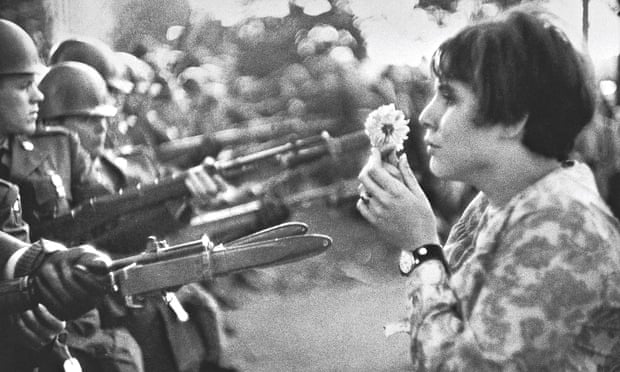Initially for my one day shoot I was hoping to collaborate with fashion bloggers and help them create content for their blogs which would allow me to shoot some more fashion and portrait photographs. However I contacted six bloggers and four replied who were sadly not free that Monday.
I then decided to research local restaurants, bakers and the fisheries in Plymouth to see if I could do a food photography shoot. Also at this time I researched local artists, studios and art shops to explore other potential subject matter and interesting stories in the area to do with craft and production.
In the end I contacted Victoria Sewart who owns Victoria Sewart Contemporary Jewellery Gallery. Which is located on the Barbican waterfront in the city centre. I took an interest in this gallery, shop and workshop because of Victoria. She has been a jewellery designer for over twenty years and has had this unique business on the waterfront for ten years now. She supports local artists from the south west through exhibitions and selling their work and she also teaches people of all skill levels to make their own contemporary jewellery pieces. In researching about the business I learnt more about Victoria's story which is one of ambition and perservearence. During the ten years she has run the business she was diagnosed with breast cancer and whilst receiving treatment continued to run her business as normal.
I contacted Victoria by email to explain the brief and the photographs I would like to take and that I would also love to use the photographs to write a feature on her ideally for Craft magazine as part of my PEP 160 work. She said yes to having her photographs taken and that I could also interview her about the business and herself.
To plan my shoot I looked at issues of the magazine to see what kind of photographs they use when doing a story on a business of artist for their publication. I found that portraits, product shots and interior shots of the business are necessary for multi page stories. So I decided to plan out all the different kinds of shots I would be able to take inside and outside of the shop by looking at photographs of outside and inside the shop online.
Of course I know that my PEP 140 work will be a different edit to my magazine work so I really wanted to plan a range of shots that I could take of the business and Victoria herself that I would be able to use to tell her story through my captions.
For the shoot itself I arranged with Victoria that I would arrive at 10:30 which is when the shop opens on Monday so that I would have plenty of time to shoot and then edit the photographs that day. In the end I spent most of the morning and afternoon there, as there are three floors to the shop as the gallery is on the second floor and the workshop is upstairs which allowed me to take plenty of photographs. I made sure to take portraits, product shots, interior and exterior shots, as well as detail shots of Victoria creating pieces of jewellery in the workshop. I was pleased with how the shoot went however I did struggle with lighting and in the end Victoria wasn't too comfortable with having her portrait taken.
When it came to the edit I did struggle as originally I thought I would be able to use a few product shots however when discussing them with my tutors I learnt that they wouldn't really fit into the five picture story as they are not so much about Victoria. In the end I went for an exterior and interior shot, a portrait and two detail shots. Which I think does showcase the business and Victoria well but I do feel they are lacking something and I am pretty disappointed with my edit. Despite showing a clear interest in what Victoria does and being able to stay and learn about her business for most of the day I do think I was lacking in confidence and didn't necessarily choose the right lenses etc for the job. As is the end the wide lens I took out was too wide and distorted too much (14mm) and I only had a 50mm lens to go with that.
 |
Exterior of Victoria Sewart Contemporary Jewellery Gallery, Plymouth, UK, 13th of February 2017
|
 |
Interior of Victoria Sewart Contemporary Jewellery Gallery, Plymouth, UK, 13th of February 2017
|
 |
Victoria Sewart poses for a portrait at Victoria Sewart Contemporary Jewellery Gallery, Plymouth, UK, 13th of February 2017 |
 |
Victoria Sewart stacking rings in her workshop at Victoria Sewart Contemporary Jewellery Gallery, Plymouth, UK, 13th of February 2017
|
 |
Jewellery workshop at Victoria Sewart Contemporary Jewellery Gallery, Plymouth, UK, 13th of February 2017
|













































